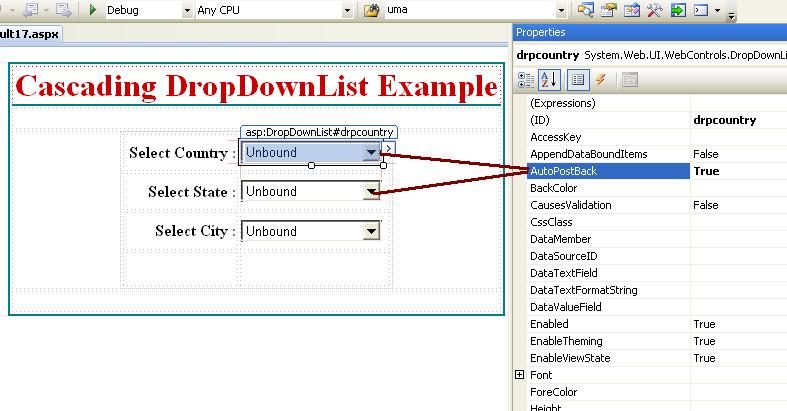


Ip2location state abbreviation free#
Free IP2Location IP Geolocation BIN Data:.It lookup the IP address from IP2Location BIN Data file.
Ip2location state abbreviation code#
NET component allows user to query an IP address for useful IP geolocation information such as the ISO3166 country code, country name, region or state, city, latitude and longitude, ZIP/Postal code, time zone, Internet Service Provider (ISP) or company name, domain name, net speed, area code, weather station code, weather station name, mobile country code (MCC), mobile network code (MNC) and carrier brand, elevation, usage type, address type and IAB category. Links Terms of Use Privacy Policy Contact Us Copyright © 2Location IP Geolocation. An amateur radio operator, ham, or radio amateur uses two-way radio to communicate with other radio amateurs for public service, recreation and self-improvement. Amateur radio, often called ham radio, is a hobby enjoyed by many people throughout the world. * * * N2YO is the webmaster's ham radio call sign. * * * Intermediate circular orbit (ICO), also called medium earth orbit (MEO), is used by satellites between the altitudes of low earth orbit (up to 1400 km) and geosynchronous orbit (35,790 km). * * * Orbits with an inclination less than 90 degrees are "prograde" or "direct" (their groundtracks move in the easterly direction, in the direction of Earth's rotation), while orbits with an inclination greater than 90 degrees are "retrograde" (their groundtracks move in the westerly direction, against the direction of Earth's rotation). It is a special case of the geosynchronous orbit (abbreviated GSO), and the one which is of most interest to operators of artificial satellites (including communication and television satellites) Any point on the equator plane revolves about the Earth in the same direction and with the same period as the Earth's rotation. * * * A geostationary orbit (abbreviated GEO) is a circular orbit directly above the Earth's equator (0 latitude). * * * A geosynchronous orbit is a geocentric orbit that has the same orbital period as the sidereal rotation period of the Earth. * * * A high inclination orbit (80-100 degrees) will take a satellite over the polar regions so that it covers the whole Earth's surface, as the Earth rotates below it. The boundaries are not firmly defined but are typically around 200 - 1200 km (124 - 726 miles) above the Earth's surface. * * * A low Earth orbit (LEO) is an orbit around Earth between the atmosphere and the Van Allen radiation belt, with a low angle of inclination. Please make sure you have configured correctly your system (your computer). Actually is your operating system time zone. * * * The time zone is your local time time zone. * * * Yes, there is no limit, you can save as many location as you want in your profile. * * * You may want to try the "What's up in the sky" feature! You have to login first and select your location. Just go to any satellite details page to manage your tracking list. * * * Currently can track in real time up to 5 satellites on the same map. On average, a dozen or so satellites are visible at any given time to an observer using binoculars. The brightness of a satellite is a function of its size, surface reflectivity, how well and from what angle the Sun's light is illuminating the satellite, the satellite's height above the horizon, and the corresponding effects of atmospheric interference. They shold be above the horizon and in a favorable position (illuminated by Sun while you should be in the dark). There are certain factors that make satellites being brighter of fainter. * * * Yes you can but not all of them are visible. * * * The main page utilizes AJAX (Asynchronous JavaScript And XML) You will need to login to determine your exact location. The geolocation databases is provided by IP2Location. What time zone is used for satellite passes prediction?įor a faster determination of your home latitude and longitude your position is detected from your current IP address.Can I have a few locations in my profile I can switch?.I want to know which satellites are now over my head.Can I see satellites passing across the sky?.Can I track more that one satellite at a time?.Why does the main page never reload? I am watching this satellite for several hours but there was no page reload!.USER PREFERENCES SIGN IN EDIT/CHANGE YOUR LOCATION SITE OWNERS WIDGETS FOR YOUR PAGE API ACCESS MOBILE APPS Orbitrack - NEW (iOS and Android)


 0 kommentar(er)
0 kommentar(er)
